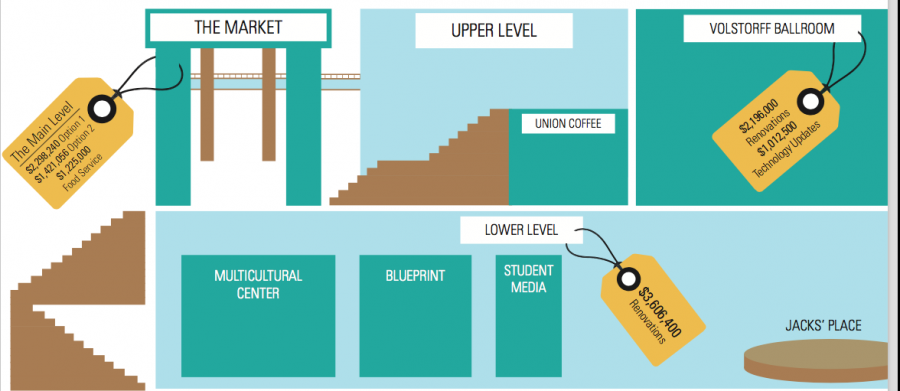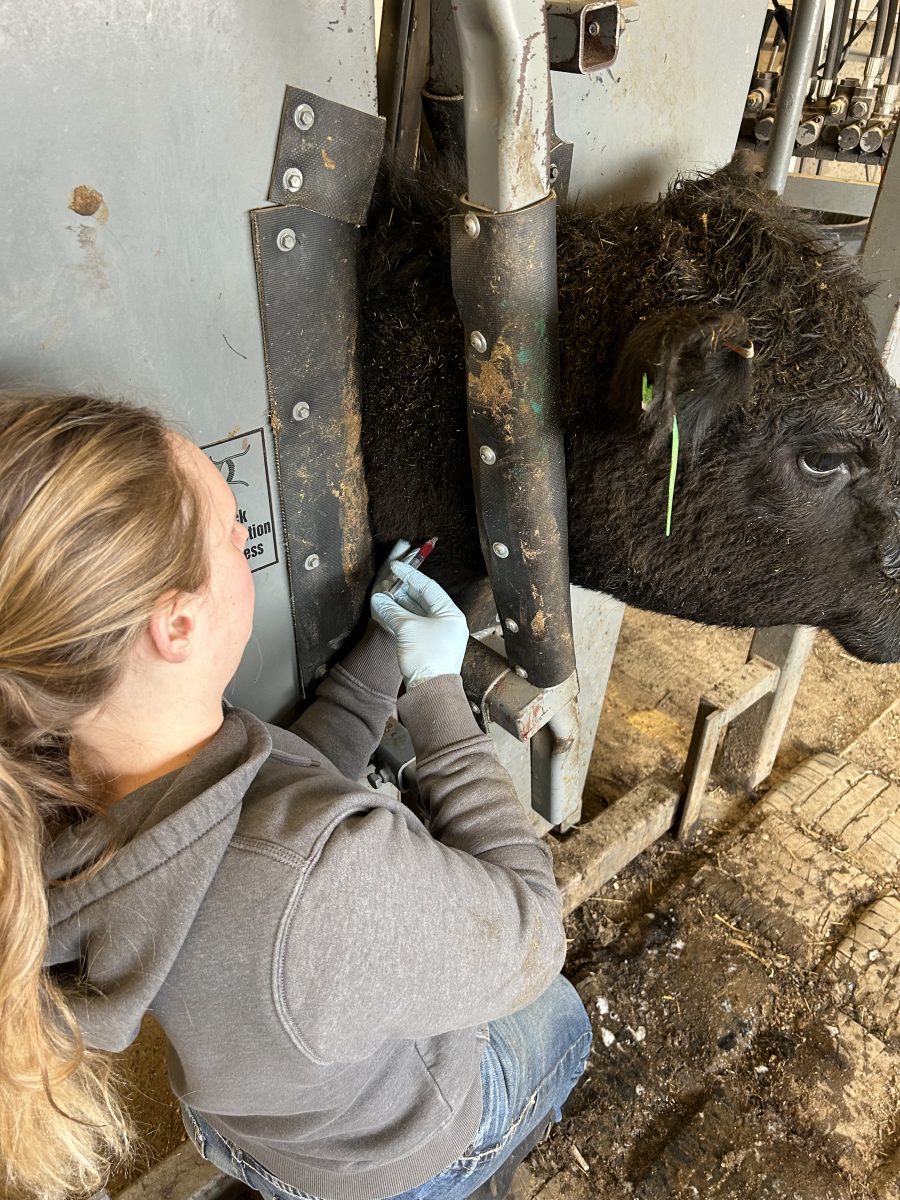The results are in from the Student Union space study but they don’t promise a full renovation — yet.
In fall 2016, Students’ Association presented a proposal to the South Dakota Board of Regents for an expansion of The Union. SDBOR declined the proposal, citing stagnant enrollment numbers at South Dakota State.
In response, SA allocated General Activity Fee (GAF) dollars to fund a space study of The Union to evaluate how to meet student needs in the current footprint of the building. Last spring, Cannon Moss Brygger Architects (CMBA) visited campus for a few days and held open sessions with students, faculty, staff and student organizations to hear concerns.
According to Jennifer Novotny, executive director of The Union, the primary concerns discussed in these sessions were moving the Office of Multicultural Affairs (OMA) to the main level of The Union, bringing student organizations together in one, collaborative space and upgrading the Volstorff Ballroom.
After these meetings, CMBA presented SDSU with several concepts for possible renovations of The Union. However, these concepts came with a much higher price tag than anticipated — between $5 and $10 million.
In the cost opinion from CMBA for one concept, it would cost $224 per square foot to renovate the lower and main levels of The Union, which is a total of 26,360 sq. feet. This alone totals nearly $6 million. To renovate the 12,200 sq. feet VBR, it would cost $180 per sq ft, which totals more than $2 million. This brings the total of option one to $8 million, not including projected costs for needed technology updates in the VBR, as well as food service and dining needs. Those would bring the total to just over $10 million.
So, now what?
Vice President for Student Affairs Michaela Willis said there is still a plan in place and work is being done to achieve a renovation.
“I do see that there is a path forward,” Willis said. “We may have to be a little more creative and it may take a little longer for the end result, but there is a path forward.”
Willis said they may look to accomplish the renovation in phases of priority, starting with the Office of Multicultural Affairs, then a collaborative student organization space, followed by VBR upgrades.
Renovations could be funded through the GAF increase, Willis said.
“This past spring, SDBOR approved a GAF increase, which will get (maintenance and repair) dollars for The Union and Wellness Center by investing 2 percent of the building’s value back into the building itself every year,” Willis said.
“That’s $1 million every year in The Union and $150,000 a year for the existing portion of the Wellness Center,” Willis said. “We haven’t been doing quite that much in those areas, but with the GAF increase we have a steady stream of funds to do that.”
For now, Novotny said conversations among student groups and their stakeholders will continue and the steering committee for The Union will still meet regularly.
“We hope a timeline will be put into place this semester. Something will happen,” Novotny said. “I’ve seen a lot of cool things while I’ve been here and a lot of great strides. As long as students continue to give feedback we’ll be on the right track.”
The steps toward renovating The Union go back about five years when the GAF strategic plan was put together. Student voices have propelled these plans from the get-go, Novotny said.
University Program Council President Cole Hinz is a member of the steering committee for this project and said his focus is to bring student feedback.
UPC’s priority is getting a student engagement hub for students to collaborate and create “synergy among student orgs,” Hinz said.
After looking at concepts and providing feedback since spring, Hinz said it’s exciting to see the focus be narrowed to two concepts that will lay the groundwork for the future.
“I enjoy sitting on the committee,” Hinz said. “It’s been a good experience working with other student orgs on a solution that can lay out the future of our Union.”






















